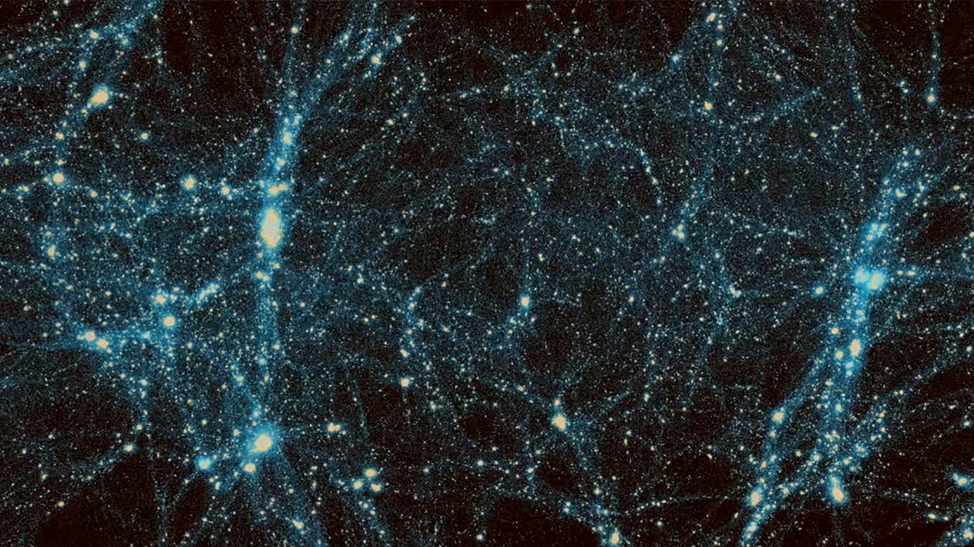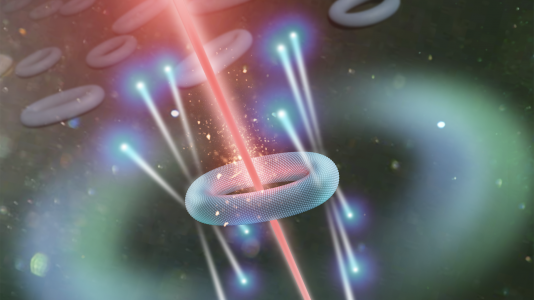High-Energy Physics, Nuclear Physics, and Fusion Energy Science
AIHigh energy physics (HEP) is concerned with discovering the ultimate constituents of matter and uncovering the nature of space and time. HEP addresses the smallest of scientific scales to the very largest. A defining characteristic of experiments in this field is the generation of large, complex datasets at very data high rates. Because of both the volume and velocity of data, AI approaches are needed at multiple levels to improve the understanding of subtle effects and to open new avenues for scientific discovery.
Nuclear physics answers questions about the elements that make up our Universe: from those that existed in the first moments after the Big Bang to those present inside neutron stars. It is also important to understand how that knowledge can benefit medicine, nuclear energy, and national security. The multiscale, highly correlated, and high-dimensionality nature of the physics of the nuclear force leads to a rich set of phenomena in nuclear physics. AI techniques can increase our understanding of this physics, leading to new discoveries.
In fusion science, extensive experimental and theoretical science activities are required to develop the knowledge needed to enable the design of successful fusion power plants. Machine learning and AI methods can accelerate the advent of fusion energy by maximizing the amount and usefulness of information extracted from experimental and simulation output data. Such methods also offer significant potential for impact in other areas: hypothesis generation and testing, workflow optimization, model extraction and reduction, augmentation of plasma control effectiveness, and data-enhanced event and state prediction algorithms.












